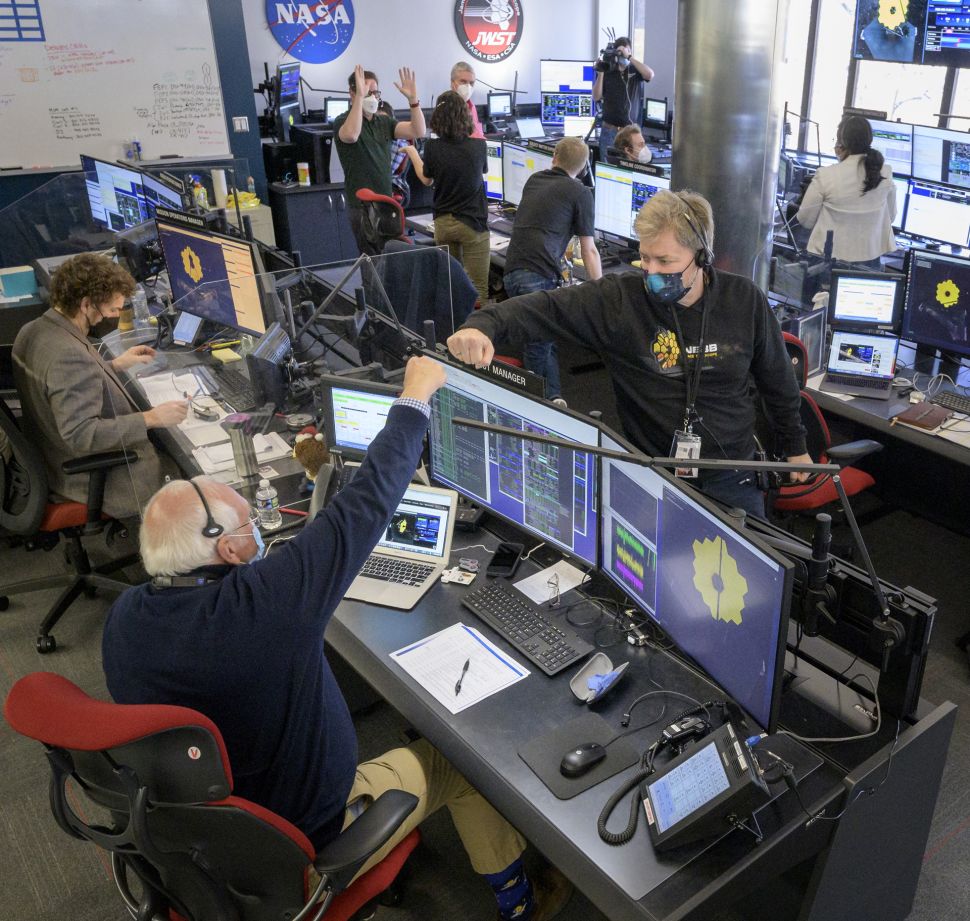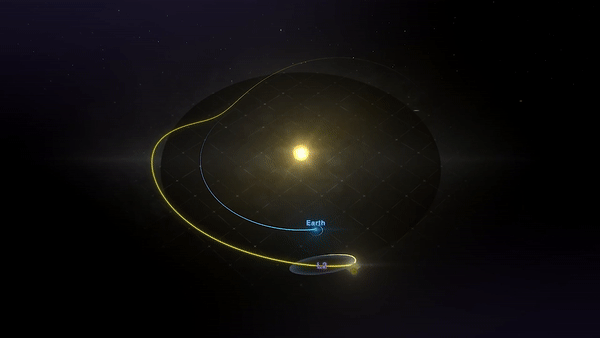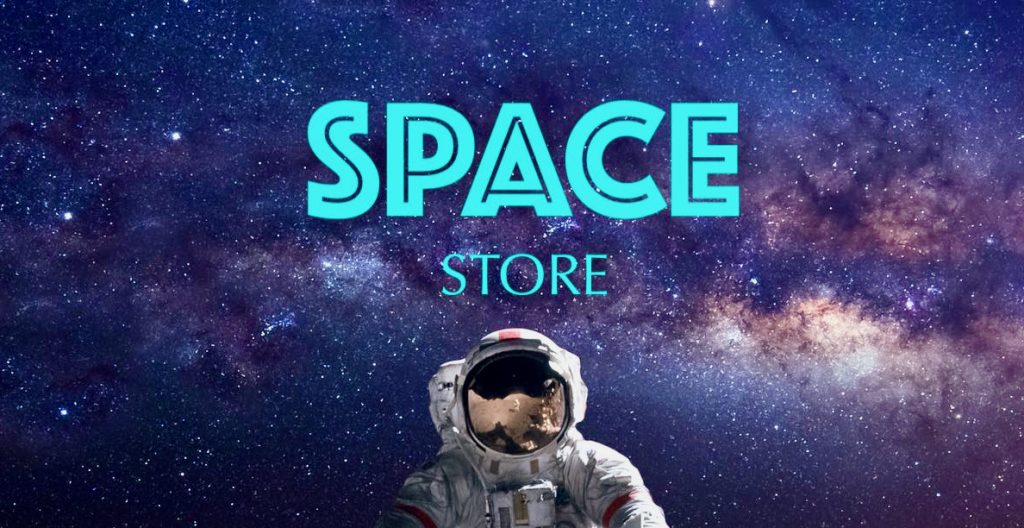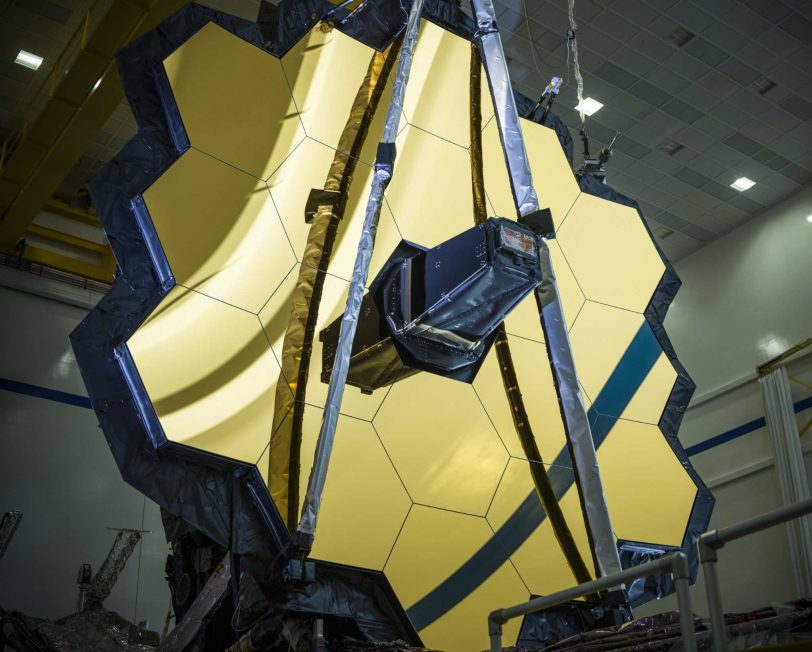Work on the James Webb Space Telescope is just getting started.
The new observatory, the largest space telescope ever built, successfully unfolded its final primary mirror segment on Saturday (Jan. 8), capping off what NASA has billed as one of its most complicated space deployments ever. The Webb mission team is now focusing on guiding the telescope to its final destination while also bringing key parts of the observatory online for astronomy work.
Webb is expected to arrive at its “insertion location” by Jan. 23, where it will fire its engines and glide to Earth-sun Lagrange Point 2 (L2), which is 930,000 miles (1.5 million kilometers) away from our planet. If Webb gets to the right zone, it can use a minimum of fuel to stay in place thanks to a near-perfect alignment with the sun, Earth and Moon.
However, the control teams will be required to perform more than just space maneuvers. Webb still has a lot of complex commissioning operations ahead, and NASA particularly pointed to aligning its mirror and getting its instruments ready as key milestones to watch for in the next few weeks.

As Webb prepares for the engine fire, team members will spend the next 15 days aligning the 18 mirror segments to “essentially perform as one mirror,” according to John Durning, Webb’s deputy project manager at NASA’s Goddard Space Flight Center, during a press conference Saturday (Jan. 8) from Webb’s control center at the Space Telescope Science Institute in Baltimore, Maryland.
“I should say also, that Webb will start turning on the instruments in the next week or so,” Durning added. “And then after we get into L2, as the instruments get cold enough, they [engineers] are going to be starting to turn on all the various instruments.”
L2 is an ideal location for Webb to carry out its duties. Webb will work in the darkness required for heat-seeking infrared observations due to the great distance from the sun and a sunshield. Infrared wavelengths will allow the telescope to peer through dust to examine objects such as young exoplanets or the interiors of distant galaxies, all on its quest to understand the universe and its evolution.
According to NASA, Webb is equipped with four science instruments that will allow observations in visible, near-infrared, and mid-infrared (0.6 to 28.5 micrometers) wavelengths, including a near-infrared camera, a near-infrared spectrograph, a mid-infrared instrument, and a combination fine guidance sensor and spectrograph.
“Each instrument has their own set of milestones,” Durning said. “That will be challenging to [calibrate] them once they reach temperature, making sure they get it all aligned.
Mirror deployment will begin on Tuesday (Jan. 11), according to Lee Feinberg, Goddard’s optical telescope element manager. The mirrors were folded for the stresses of launch and it will take somewhere between 10 and 12 days to “get all of the mirrors forward by roughly half an inch, and that puts them in a position where we can do the detailed optical alignment,” Feinberg said.

Basic alignment will take about three months to complete in order for the telescope to be ready for “first light,” when it will take its first testing image as part of the alignment process. NASA has warned that the first images will most likely be blurry because the telescope has not yet been fully aligned. More imaging and testing will be required to get the configuration just right.
“Right around day 120 is when we think the entire telescope will be aligned,” Durning said, which would put the full alignment date around April 24, depending on how the commissioning process goes.
READ MORE: Where is Webb Now?




